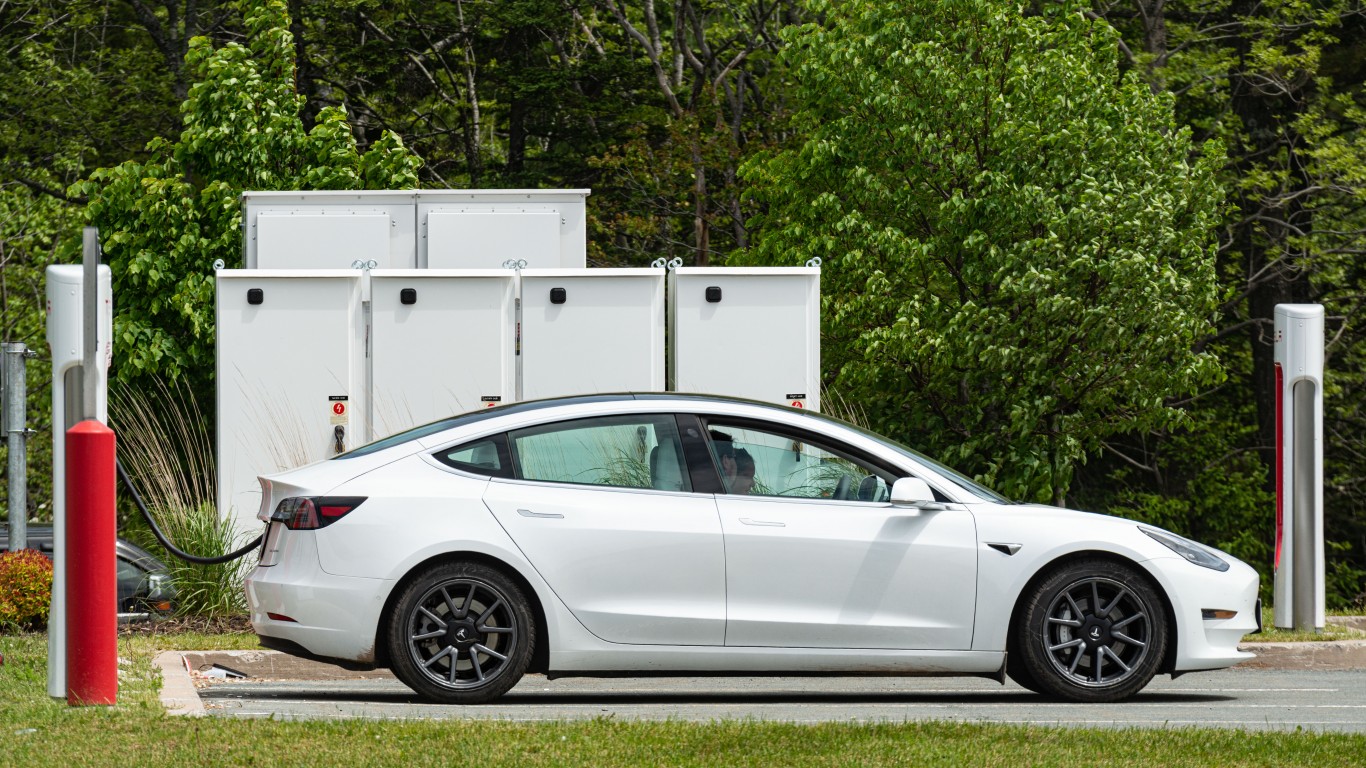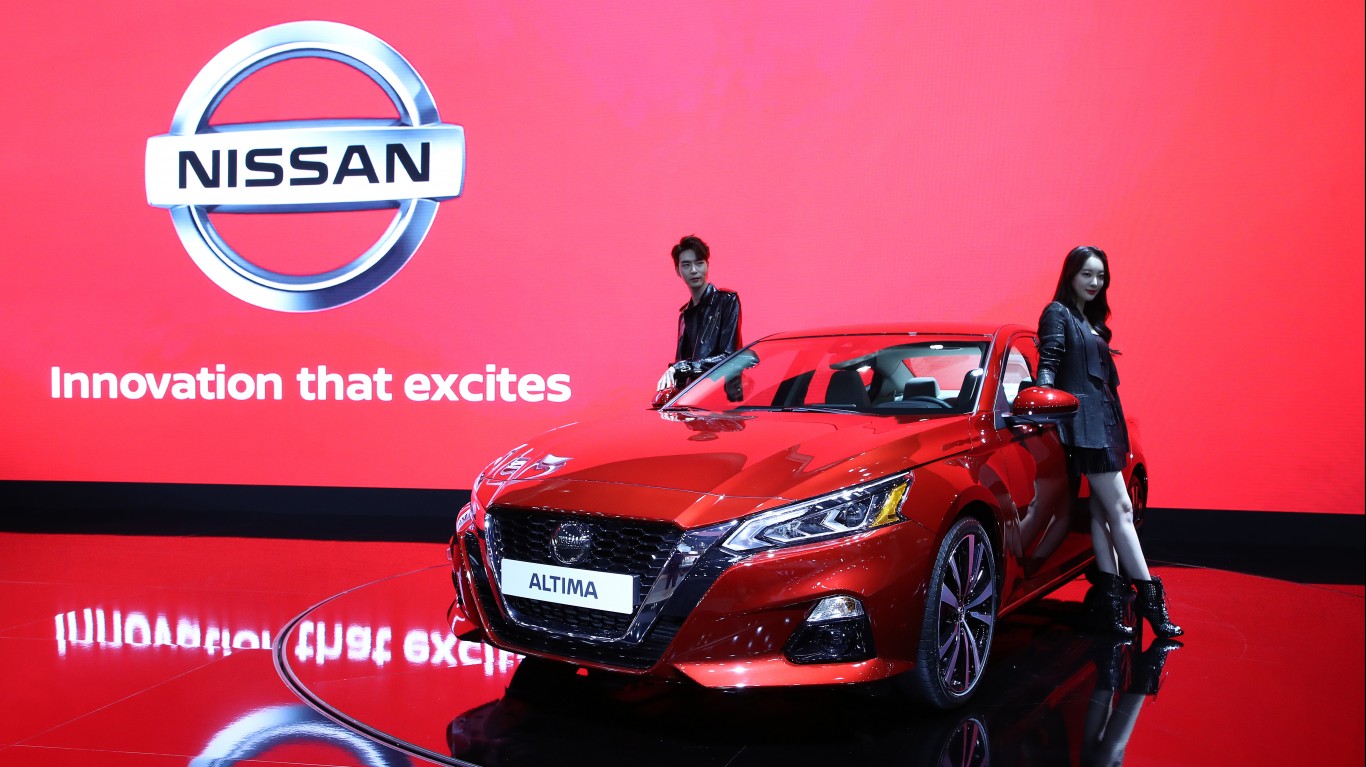
Of all the cars Nissan sells, the Altima may be one of its most recognizable models. As one of the world’s largest car manufacturers, Nissan sells many of them. In fact, the company announced it sold 898,796 vehicles in 2023 alone with the Altima being the second most popular model. Unfortunately, the Nissan Altima lineup is coming to an end in 2025.
Nissan’s shift to focusing solely on electric vehicles will be the end for the Altima. However, the Altima has had a good run since 1992 and has long been considered to be the larger and more powerful sibling of the Nissan Sentra. Even so, with almost 32 years of production, there are bound to be some model years for the Altima you want to avoid and others you want to own.
Avoid: 2002
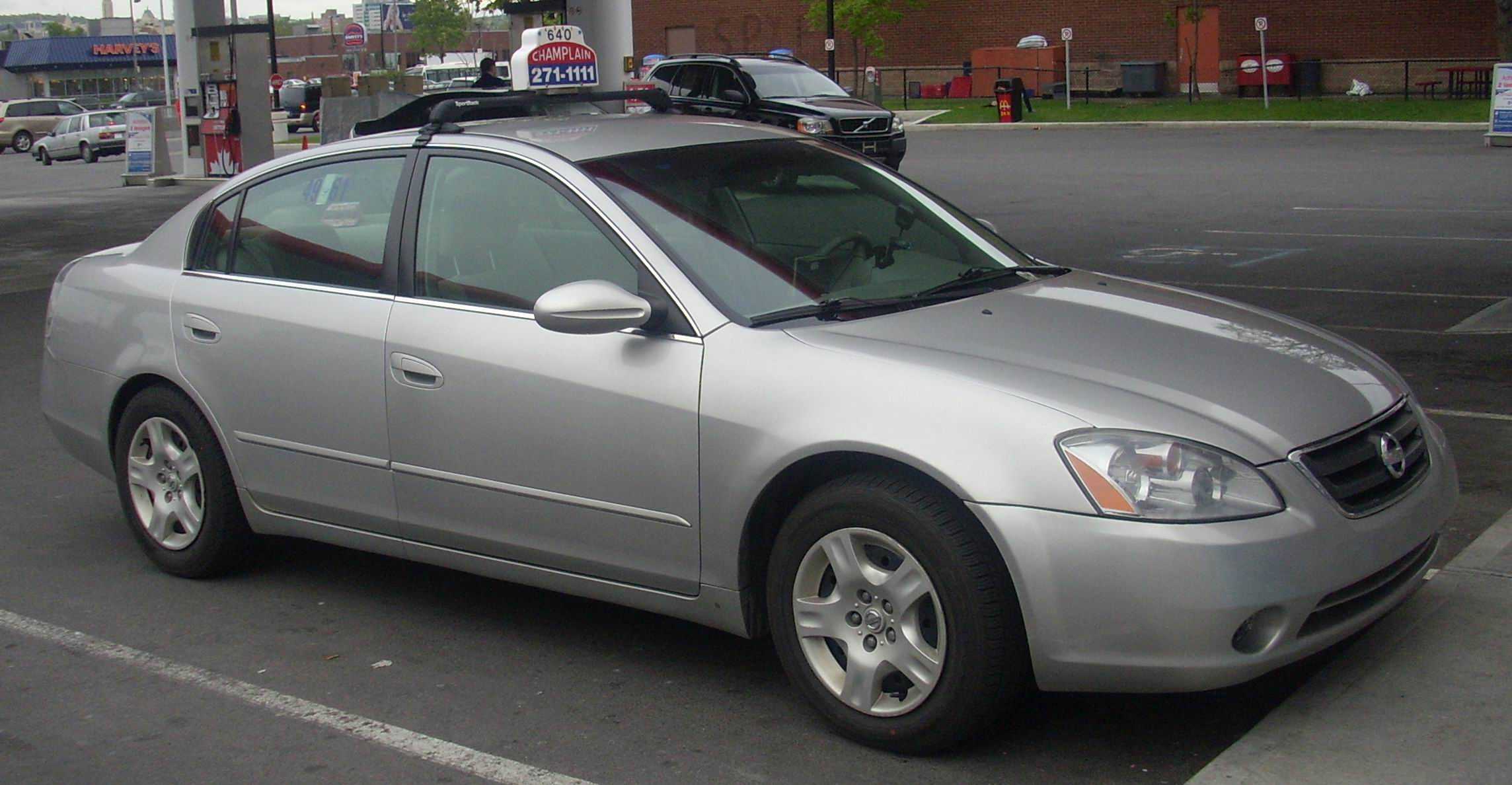
When it comes to the worst Nissan Altima model year in the vehicle’s history, it’s 2002. According to CarComplaints.com, the 2002 model received over 1,000 complaints from the NHTSA (National Highway Transportation and Safety Association). In addition, 2002 saw over 12 different recalls and when combined with the NHTSA complaints, make this a year to avoid.
Among the biggest issues is excessive oil consumption which can lead to thousands of dollars in repairs. The catalytic converter’s failure was the next biggest issue. The bottom line is to avoid the 2002 Nissan Altima at all costs.
Avoid: 2005
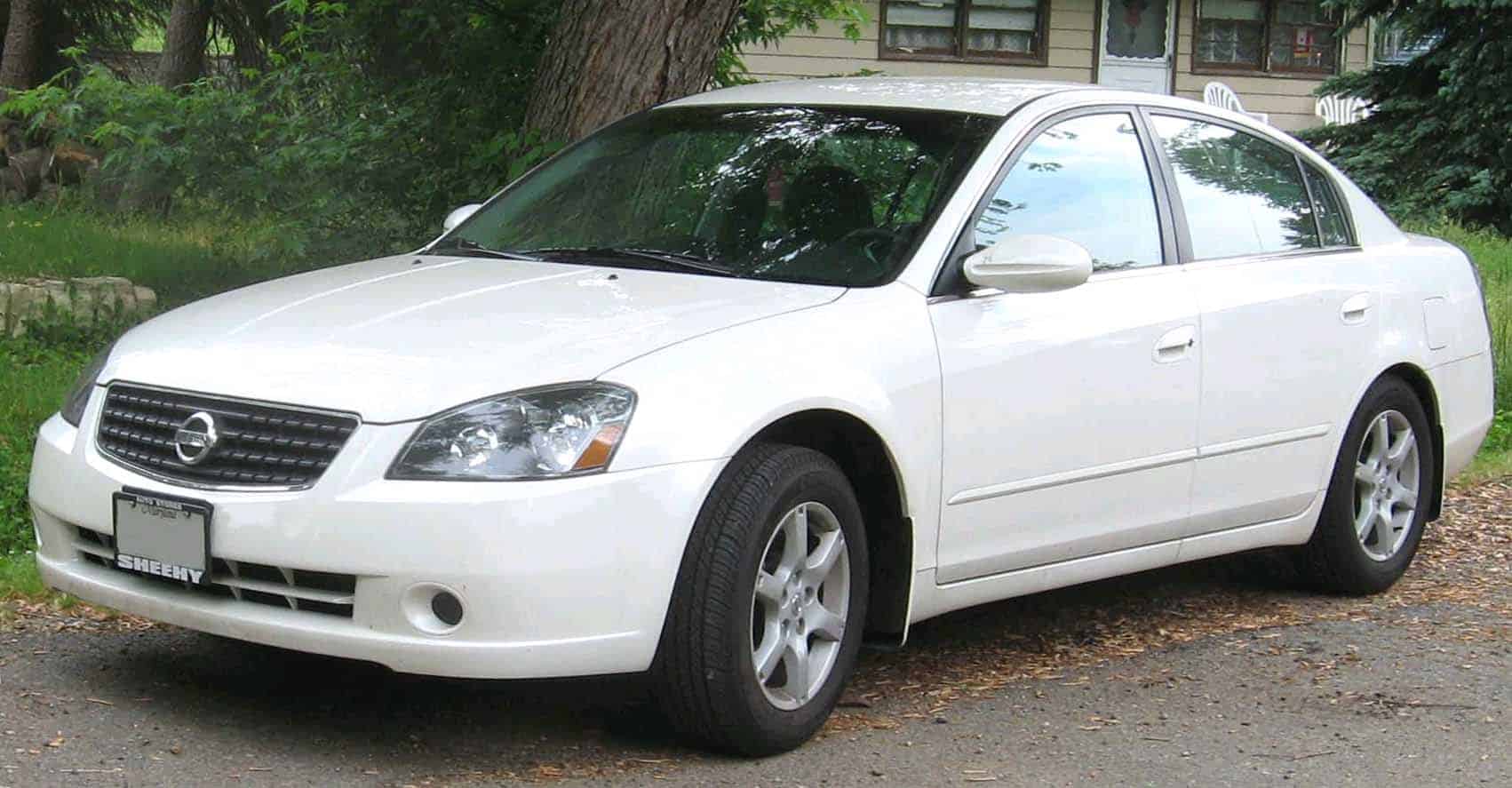
While not quite as bad as 2002, the 2005 Nissan Altima is yet another model year to stay away from. This model also acquired over 1,000 NHTSA complaints, which is another big sign to stay away. However, instead of excessive oil consumption this time around, the 2005 model’s biggest trouble was with a rusted floor pan.
The problem was so dangerous that it could lead to a hole under the floor mat the size of a basketball. Needless to say, that’s very dangerous. Not to be forgotten, excessive oil consumption still hung around for Altima models with over 100,000 miles. Both issues could be costly with repairs starting around $1,000 and going up from there.
Avoid: 2009
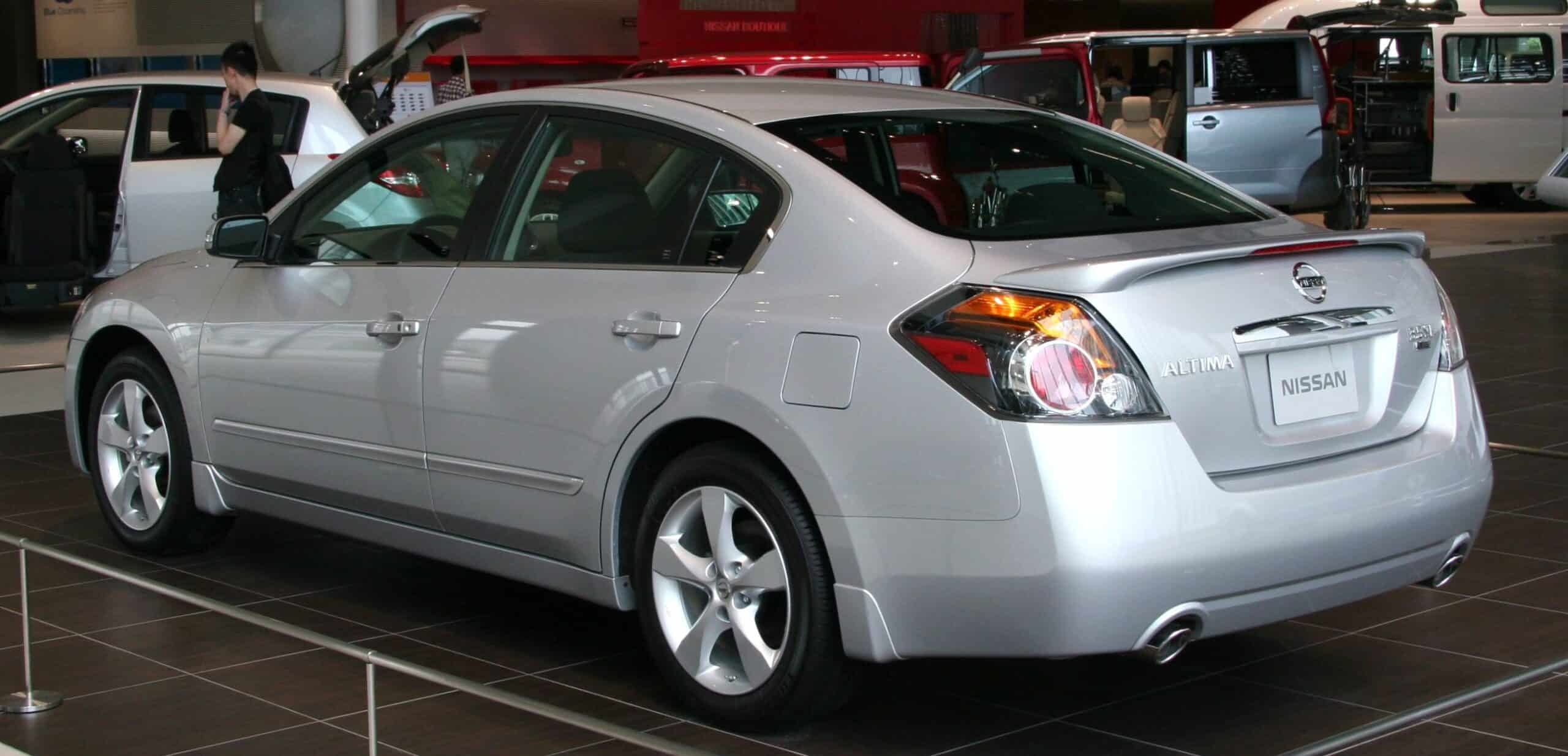
Earning itself over 2,000 complaints, the 2009 Nissan Altima is a definite vehicle to avoid. Along with other issues, the NHTSA received 856 complaints regarding steering problems. To be more specific, 2009 Altima owners indicated the steering wheel would lock up and disable driver control of the vehicle. This is a very dangerous issue and one Nissan had to quickly address.
All totaled, the fix was estimated to be around $1,000. Along with steering, other major problems focused on transmission and engine problems along with brakes and electrical issues. Disappointedly, the 2009 Altima also received 91 different complaints over seatbelts not working.
Avoid: 2013
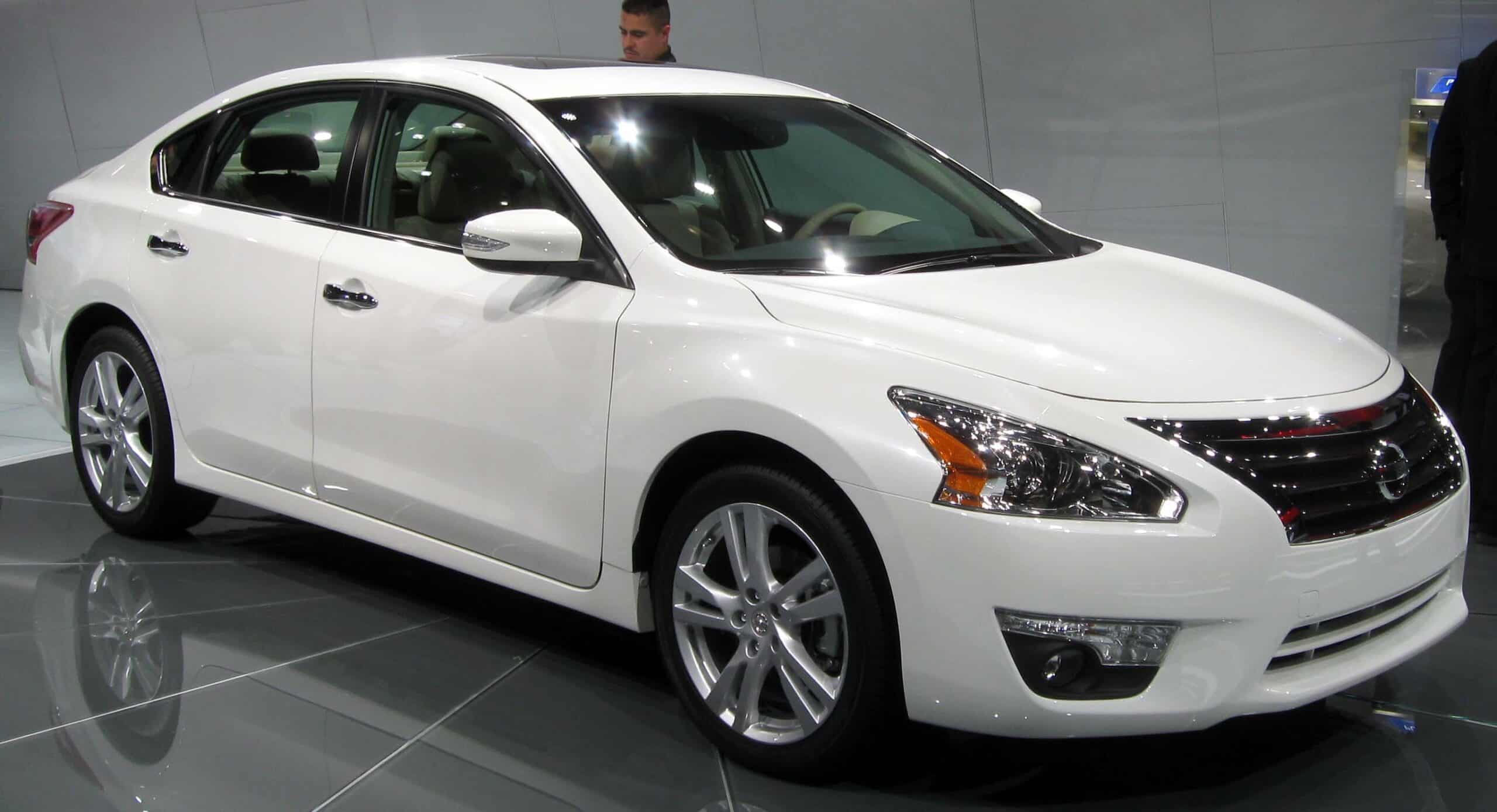
From a complaint standpoint, 2013 might be the worst Nissan Altima model year of the car’s lifespan. In total, the NHTSA received a whopping 3,000 plus complaints. Among the biggest issues were seatbelts and airbag problems along with drivetrain issues. The most important issues focus on the 2013 model and a faulty CVT transmission system.
If this issue occurs while a 2013 Altima is in motion, a driver would have to pull over. If this happened and the Altima was already out of warranty, the fix isn’t inexpensive at around $3,000. Add in light problems with exterior lighting on the vehicle being unreliable. Stay far away from 2013.
Avoid: 2014
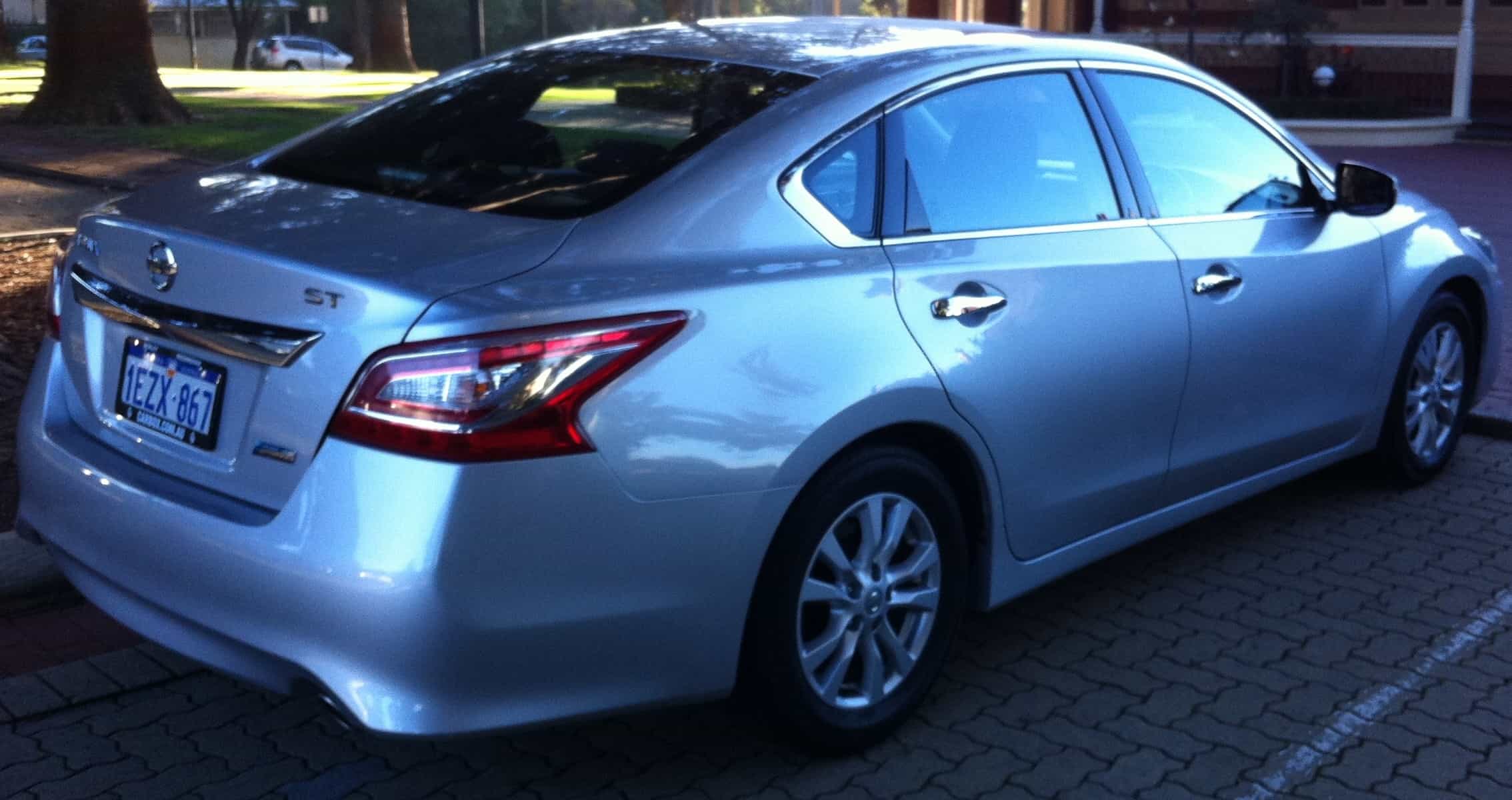
For the 2013, 2014, and 2015 Altima models, the fifth generation of this vehicle had a rocky beginning. Based on data received from the NHTSA, airbag malfunctions were a major issue in 2014 (and 2015). When you consider it took four recalls to finally address the airbag problem, the 2014 Altima is a definite pass.
Adding fuel to the fire, there were also powertrain issues with the Altima that mostly required an out-of-pocket fix. Unfortunately, this fix could require Altima owners to spend between $1,000 and $3,000. Last but not least, 2013-2015 Altima models were part of a class action lawsuit involving faulty VCT transmissions.
Own: 2007
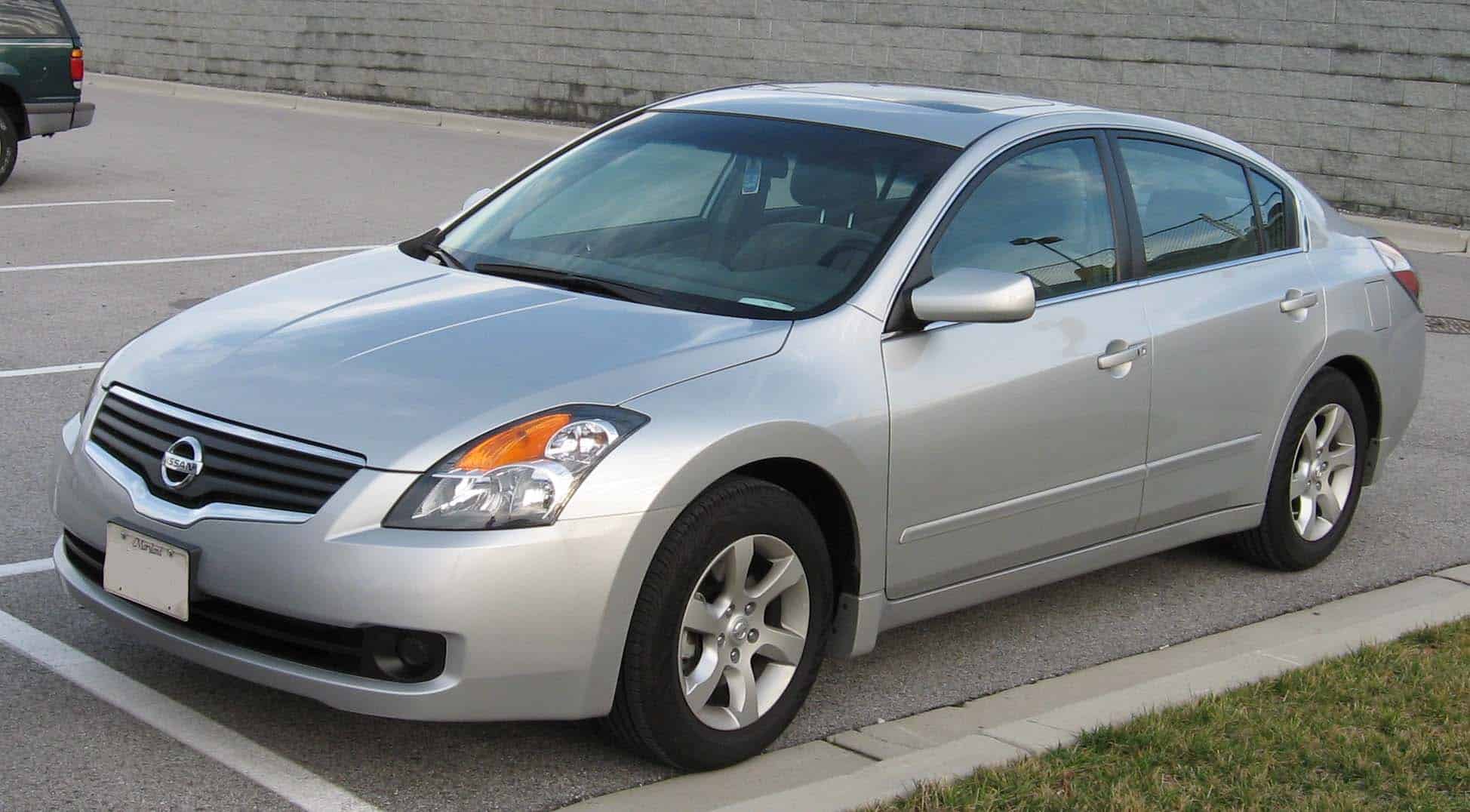
With approximately 600 complaints to the NHTSA, the 2007 Nissan Altima is a pretty safe bet for future owners. The bottom line is that you won’t find any model from a manufacturer at any price that doesn’t have at least a few hundred NHTSA complaints every year.
So, while 600 complaints may sound like a lot, it’s on the low end. With this in mind, 2007 was mostly a neutral year for the Altima with some engine and transmission issues carrying over from previous years. Still, overall issues were minimal which should give some peace of mind to future buyers.
Own: 2011
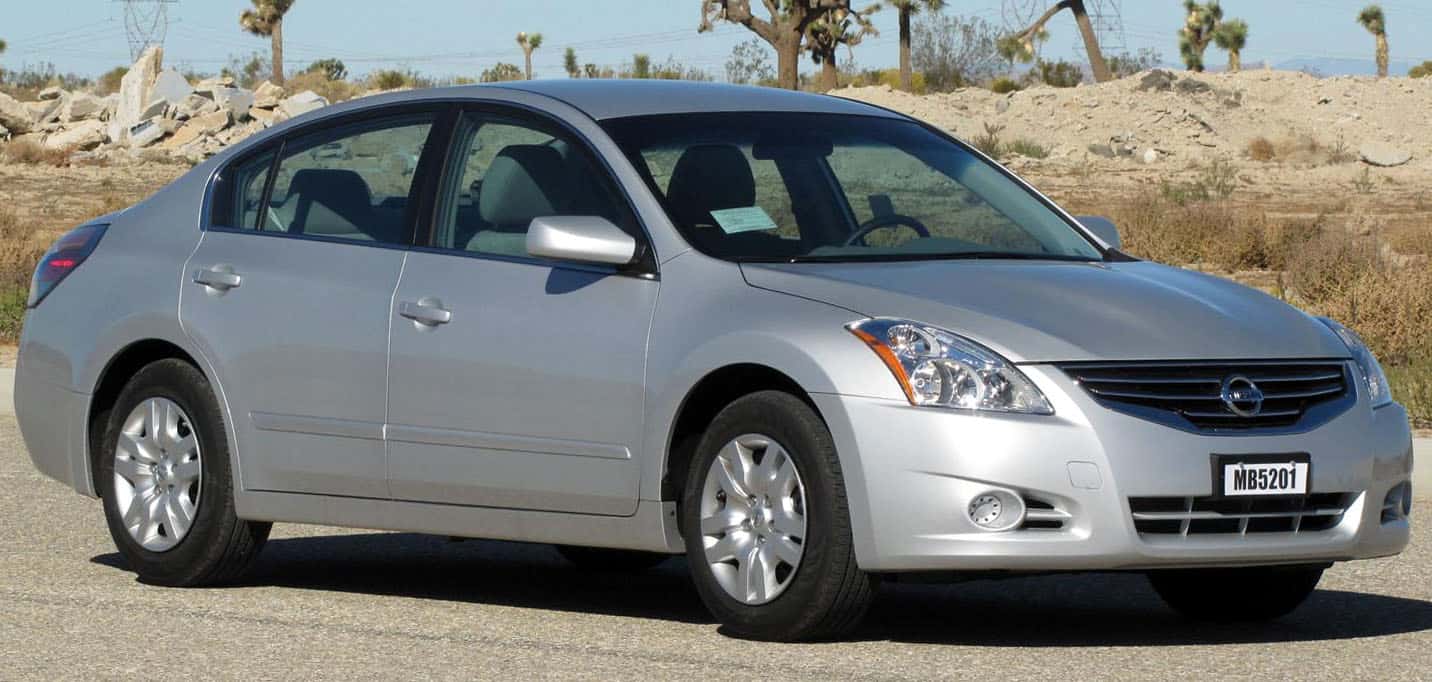
If you’re looking for a solid model year of the Nissan Altima to own, 2011 is as good as any. With only 389 total complaints to the NHTSA, the 2011 model is definitely on the positive side of performance. While the look of the 2011 model doesn’t qualify as sporty, it is reliable, and higher trims offer a few interior niceties.
While there were some complaints about transmission or body paint wearing off early, there are no glaring issues the 2011 Nissan Altima suffers from. J.D. Power even gave the 2011 Altima model an 80 on its reliability scale.
Own: 2020
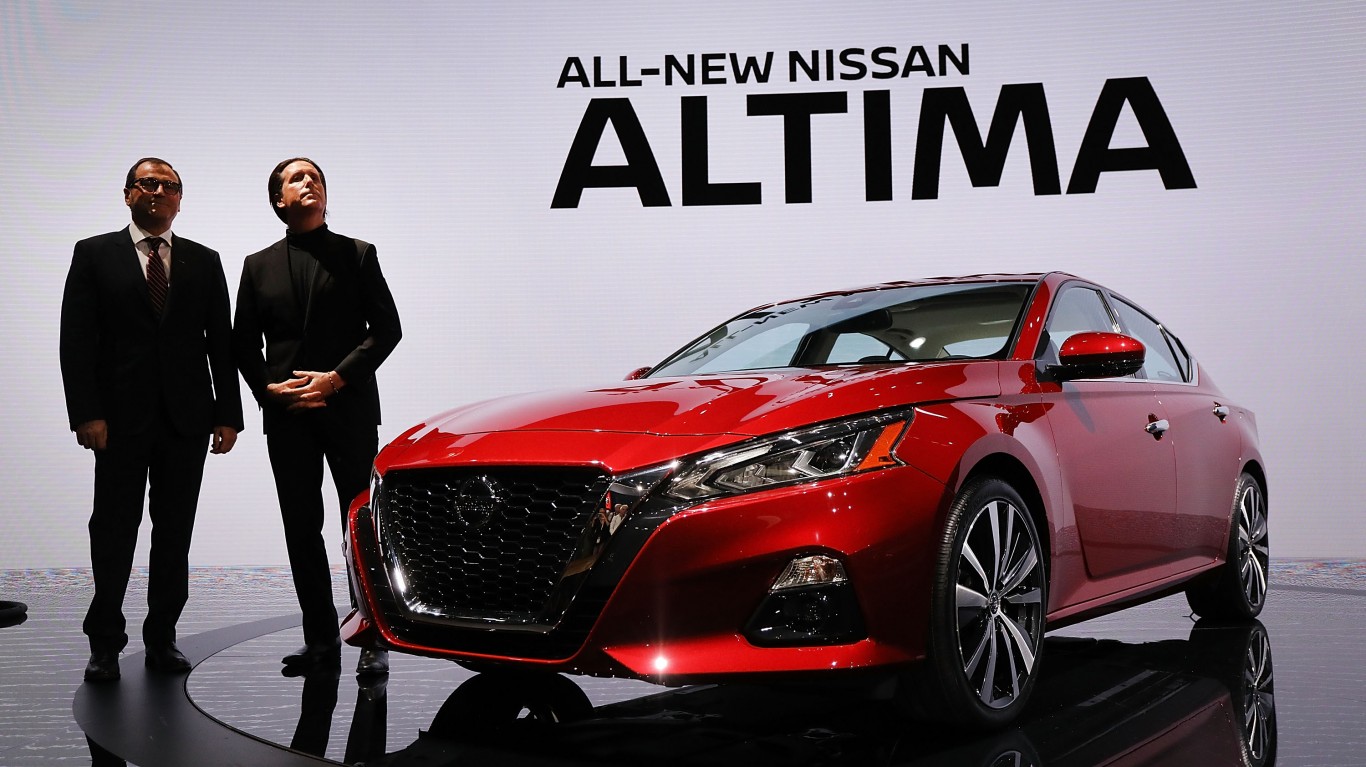
As part of the 6th generation of the Nissan Altima, the 2020 model is one of the best. While some customers still complain CVT issues haven’t been completely fixed, the issue has seen a reduction in volume. Under 100 complaints to the NHTSA are proof that many lingering issues have been fixed with this most recent generation.
The 2020 model also received a 5 out of 5 reliability rating from Consumer Reports, which includes the Altima beating out the Honda Accord and Toyota Camry. When you factor in more comfortable seats and strong fuel economy, purchasing a used 2020 Nissan Altima is well worth considering.
Own: 2021
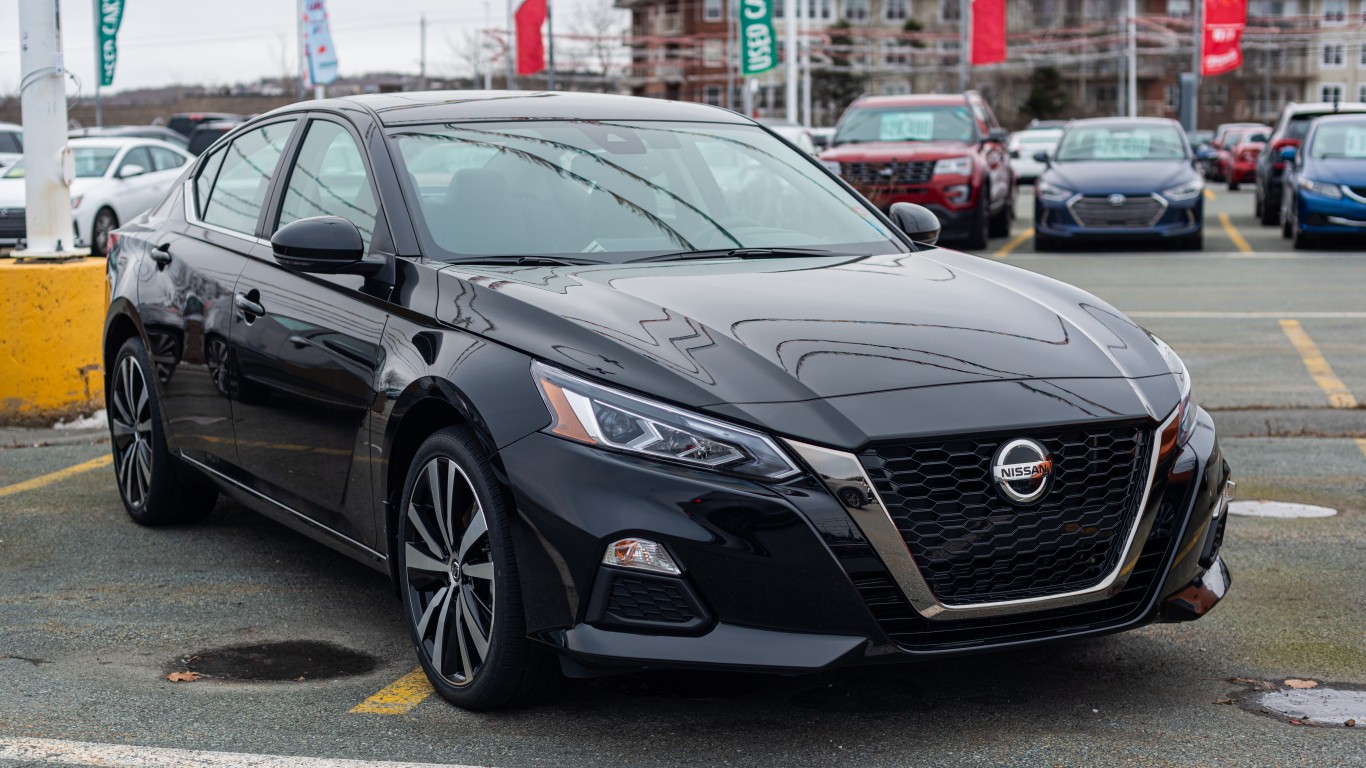
Another strong model year to consider for future Altima owners is the 2021 model. Like the 2020 model, there have been limited NHTSA complaints and only one recall. The specific recall for this year is related to the rearview camera not properly displaying an image thereby limiting the driver’s view of anyone or anything behind the vehicle.
Outside of this recall, issues with the 2021 Nissan Altima have been fairly limited. Consumer Reports also placed the 2021 model as having above-average reliability. J.D. Power also gave the 2021 Altima a score of 85 out of 100 for reliability, which is considered “Great” and should provide additional confidence for buyers.
Own: 2023
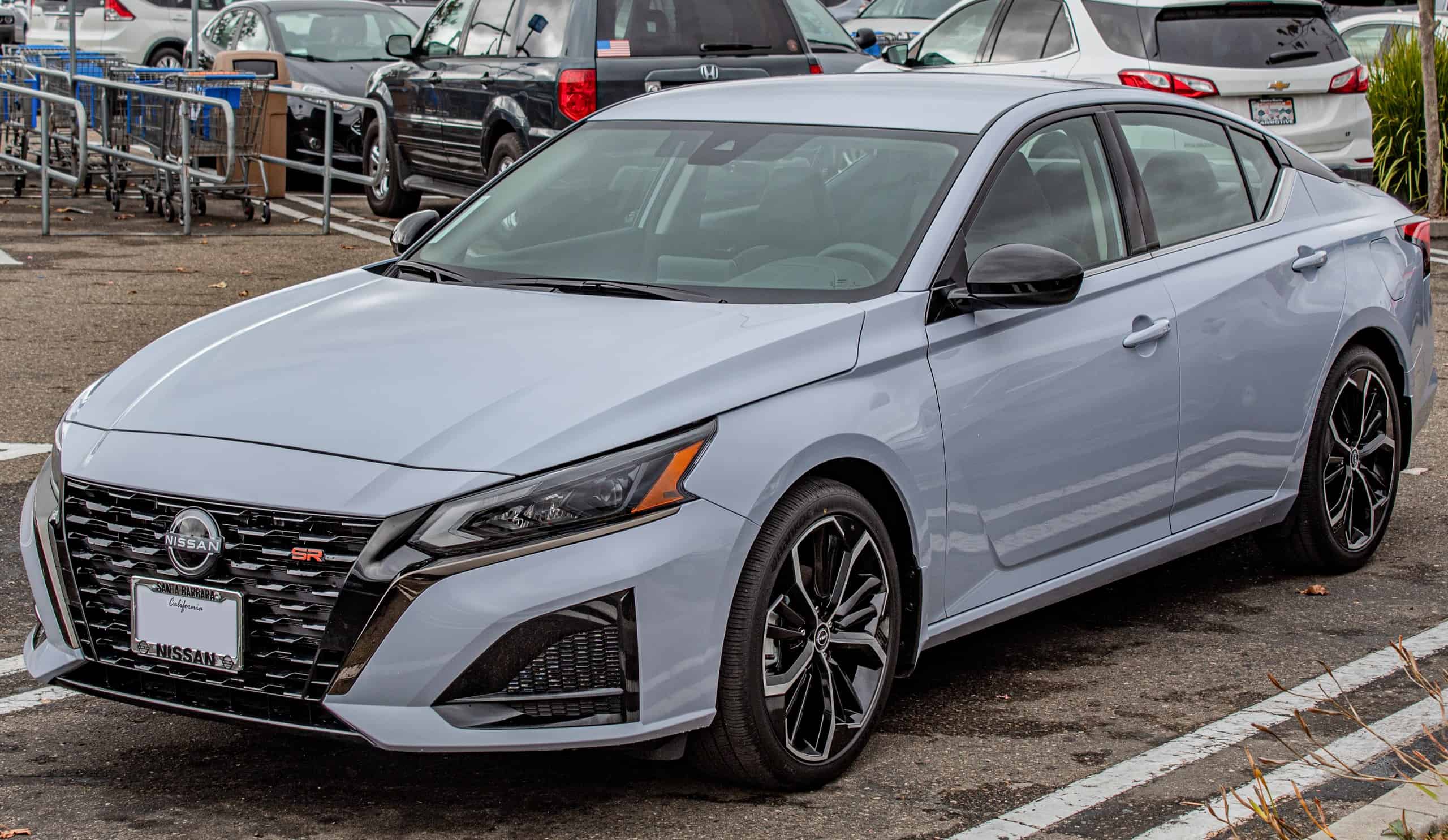
Nissan is looking at a high note for the 2023 model. The introduction of additional safety features of emergency braking, pedestrian detection, and Safety Shield 360 all give the Altima a big boost. Along with safety, the reliability of the 2023 model has been praised by the likes of J.D. Power.
With a score of 80 out of 100, the Altima earned an “Average,” which is down from 2021, but still good enough to stand with the likes of the Honda Accord and Toyota Camry. According to J.D. Power, the 2023 Altima also earned a 79 out of 100 for an “Average” driving experience, which is a strong score for Altima owners.
The Average American Has No Idea How Much Money You Can Make Today (Sponsor)
The last few years made people forget how much banks and CD’s can pay. Meanwhile, interest rates have spiked and many can afford to pay you much more, but most are keeping yields low and hoping you won’t notice.
But there is good news. To win qualified customers, some accounts are paying almost 10x the national average! That’s an incredible way to keep your money safe and earn more at the same time. Our top pick for high yield savings accounts includes other benefits as well. You can earn up to 3.80% with a Checking & Savings Account today Sign up and get up to $300 with direct deposit. No account fees. FDIC Insured.
Click here to see how much more you could be earning on your savings today. It takes just a few minutes to open an account to make your money work for you.
Our top pick for high yield savings accounts includes other benefits as well. You can earn up to 4.00% with a Checking & Savings Account from Sofi. Sign up and get up to $300 with direct deposit. No account fees. FDIC Insured.
Thank you for reading! Have some feedback for us?
Contact the 24/7 Wall St. editorial team.

